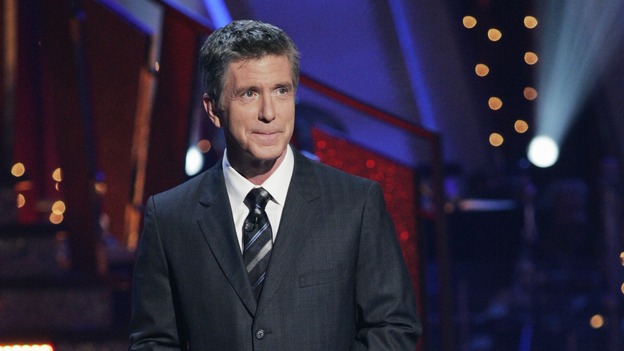Tube Critic in America's Hometown
Wednesday, November 17, 2010
Thursday, November 4, 2010
Election Night Recap: Looking at the Performances and the Oh-So-Bad Graphics
Election Night Recap: Looking at the Performances and the Oh-So-Bad Graphics

(CNN.com)
CNN's analysts show which Democrats are losing their seats and what years they were originally elected in one of the many dizzying graphics used by CNN on election night
Regardless of whether you’re a Republican, Democrat, Independent, or belong to some minor political party that nobody’s really heard of (like the Green Rainbow party, which…I mean… why would a rainbow be green? Isn’t a rainbow, by definition, red-orange-yellow-green-blue-indigo-and violet?—election day still carries an atmosphere of a carnival if you like politics, and Network TV provided all the hoopla and sideshows, along with some decent reporting, on midterm election night.
CNN’s coverage was strong, although the news’ organization managed to once again create a silly special-effect that detracted from the telling of their story. Like election night two years ago, when they tried “3-D Hologram Technology” (which was panned the next day in the media and quietly disappeared afterwards), this time CNN tried a strange 3-D graphic representing boxes that looked like Tetris squares. These “stacks” of boxes were life size—bigger than the reporters—that stood behind them to demonstrate how voters thought about issues, how voters voted in previous years, or who was “winning” so far in areas. Still, these Tetris-like block-towers were goofy, the correspondents looked awkward behind them, and they weren’t needed. Similarly, when CNN finally projected Republicans won the House, a silly “Republicans win the House” icon appeared on the bottom left of the screen and remained all night. While this was indeed a good idea—the sign itself looked like it was designed in a five-minute period by an intern. This sign was joined by a “Deomcrats KEEP the Senate” sign a few hours later on the left side of the screen, but all in all, it was strange.
Fox News, the Election Nights Rating winner, according to Neilson Media Research, had a busy on-screen graphic that looked too maddening. Taking cues from the stock market, multiple different races flashed in different areas of the screen, and this seemed to match the tone of the election coverage itself, with the in-studio talent screaming at times about other things. Remarkably, they got sidetracked and instead started talking about how Sarah Pallin’s daughter was “safe” on Dancing With the Stars—right in the middle of the Election Coverage—and at that point, serious newsgoers probably changed the channel. I know I did.
ABC reached out to the young—and didn’t dare disturb their solid primetime lineup until late in the evening—by offering a live internet “Facebook” broadcast. This including a video town hall and live election results from Diane Sawyer and George Stephenoplis. ABC, NBC’s (Brian Williams) and CBS (Katie Couric) were all solid in their analysis—but I can’t accurately review them here because our local affiliates in Boston “broke into” national coverage to spend more time on our Massachusetts races, which were horribly boring since only one party won every single race in the state (a problem of being in Massachusetts—very rarely is there election fun).
Election Flashback...When Simple Graphics Ruled...
Watching election coverage and the over-use of technology, often misapplied, took me back ten years ago, when an election had most of America (myself included) up all night. Literally--because the presidential race still wasn't decided. Little did we know it would actually be days until we found out who would win in that election, between Al Gore and George W. Bush. But I know that I'll never forget it--and most that night I sat flipping between all the networks and CNN--but found myself watching Tom Brokaw and his political analyst, the late Tim Russert.
Best Election Technology: (2000) --Tim Russert (NBC)

(Newsuem Exhibit--Washington DC)
Tim Russert's Famous dry erase "Florida Florida Florida" board, now at the Newseum in Washington, showed viewers that despite all the great technology, sometimes a dry erase board is a better graphic than any of the fancy computer-generated ones that networks use today. Russert, sitting with NBC's Tom Brokaw, abandoned the network's fancy graphics and madly starting writing and erasing electoral college votes on his dry-erase board all night long--and correctly (early on) noted it could all come down to Florida... It's one of America's most memorable news moments, which is why there is a space dedicated to Russert's coverage of that night in the Newseum in Washington DC...
Thursday, August 5, 2010
How Un-Humanitarian: Emmys Get it Wrong by Denying Reality Hosts Proper Recognition




